SITREP 10/14/24: Russia Tightens Ring on Key Region on Eve of Zelensky "Victory Plan" Unveiling
Any auras of optimism surrounding Zelensky’s latest whirlwind world tour have died down and things have settled back into the same old bleak progression as Russian forces continue plowing forward on every front, and even opening up new ones. All the while, Ukrainian prospects are looking grimmer by the hour, with Germany announcing that aid will be halved next year from €8B to €4B and rumors suggesting no heavy equipment will be provided any longer amongst that aid, as there is little left to give.
Now, Zelensky is poised to give a big speech to the Verkhovna Rada on Wednesday, where he’s expected to finally unveil the “Victory Plan” to the Ukrainian people at large. This comes amid the highest level confirmations that Ukraine is in fact now briskly discussing “ceding territory” to Russia to end the war:
The Ukrainian government is considering options to end Russia's full-scale war that would involve temporarily suspending its goal of restoring Ukraine's full territorial integrity, the German news outlet Der Spiegel reported on Oct. 13, citing an official close to the Ukrainian government.
The above is from a Der Spiegel source.
Now it appears that the cancelled Ramstein meeting, nixed under the guise of prioritizing hurricane Milton, will not be rescheduled at all:
One last piece of the puzzle to stitch the threads together—Zelensky has recently become extremely vocal about alleged North Korean involvement in the SMO, with Ukrainian reports now claiming North Korean troops are practicing artillery-related logistics in the Mariupol rear:
He gives away the game himself in the statement above where he says the North Korean specter should necessitate more allied support to Ukraine. However, the hidden motive lies in Zelensky’s recent signing of a law allowing NATO mercenaries to become ‘officers’ in the Ukrainian army. The play here seems clear: Zelensky wants to sell the phantom North Korean mercenaries helping Russia as direct parallel justification for his NATO sponsors to bring in more of their own mercenaries, and particularly higher level officer ones, into the AFU.
Here’s Ukrainian officer Taras Chmut of Come Back Alive building on this sudden concerted narrative:
The plea seems dialed in: “Russia’s new North Korean reserves will lead to breakthroughs and collapse of the front, so you must send NATO reserves ASAP to reinforce us!”
The second act of upcoming events is Zelensky’s Rada speech. My hunch is that this is Zelensky’s big moment to try and very delicately sell the new land-ceding for peace deal to his public, with a hint of lowering mobilization age. It may be just a very subtle trial-balloon at first to gauge the response or preemptively blame the need for ceding land on “partners” who’ve come up short. I doubt he’ll say it openly, but he has to somehow begin preparing the ground for the inevitable, while absolving himself and his cadre of all responsibility. That means he needs to ostensibly broadcast strength and an indomitable spirit, as if he would never give up land if it were up to him alone despite mounting international pressure.
Many Ukrainian figures now openly discuss the writing on the wall, for instance this correspondent for Lvov based NTA television channel who frankly admits that the situation is so bad that for Ukraine to even retain its currently controlled territories would be a relieving victory in its own right—better translation below the video:
“Suicidal mania” – Lvov TV presenter buries dreams of 1991 borders.
Ukraine’s total losses in two and a half years of war against Russia have reached such levels that ending the war under any conditions would be a blessing. This was stated on the NTA channel by Lvov Russophobic TV presenter Ostap Drozdov, a PolitNavigator correspondent reports.
“The situation is absolutely Pyrrhic. No matter how it ends, it is already so destructive that the end [of hostilities] will already be regarded as a success,” Drozdov said.
“Losses are growing every day, I am not even talking about the forever destroyed territories, where, it seems to me, a living person will never live again. That is why all narratives, dreams, and mania about supposedly restoring life on the borders of 1991 seem suicidal to me. Those borders no longer physically exist. And the rethinking of the scale of what war is will still happen,” added the TV nationalist, who himself recently incited hatred and bloodthirsty anti-Russian sentiments.
RUSI’s timely latest is titled ‘The Impending Betrayal of Ukraine’:
And its chief assertion is precisely what we just outlined—that Ukraine is running out of options:
The most shocking part of the article, which mimics the current sentiment on the pro-UA side, is the totally oblivious inability to understand that Ukraine’s worst-case option is not merely to “wrap things up as they stand now”, as if Russia is biting-at-the-bit to play along. This is deliberate obfuscation meant to keep the biggest moral blow from devastating the last remaining dregs of Ukraine’s morale. They continue to operate under the assumed stance that Ukraine’s “capitulation” merely represents signing an unfavorable peace deal with Russia to create a Korean-style DMZ at the current contact line. If only.
In reality, Russia continues to signal maximalist intentions, which means Ukraine stands to lose far, far more than its tawdry pundits allow themselves to imagine.
E.g.
Look how presumptuously they draw up the plans to this putatively certain DMZ ending:
This is sometimes referred to as a Korean solution. An armistice and demilitarized zone along the line of control would be monitored by international peacekeepers, so that Russia would draw in many other countries were it to resume its attack. While it may not be possible to get 32 NATO members to agree to Ukraine’s formal membership in the alliance at this time, a group of NATO members calling themselves “friends of Ukraine” could monitor the zone and vow to respond to any new act of Russian aggression.
Oh would it were so simple for poor Ukraine.
—
In fact, Ukraine continues to crumble on the battlefield.
Another major Kursk assault reclaimed more territory for Russia, with the Kursk bulge shrinking rapidly for Ukraine.
Here is Lubimovka being captured:
And you may recall Ukraine attempted a new breakthrough in the Glushkovo section of Kursk much farther to the west several weeks back in order to ‘cut Russian forces off’. Little by little that small salient was also whittled back until today it was announced it has now officially been entirely defeated and pushed out of the border:
It was here a bit past Veseloe, and now no longer exists:
Here’s footage of Russian correspondent Sladkov visiting some of the newly liberated Kursk areas, though a warning for some graphic content:
Russian forces even once more made some slight advances in Volchansk of the north Kharkov breakout.
There were some small advances in the north of Chasov Yar, Toretsk, Selidove, and others.
But the most notable was the capture of Ostrovske directly to the east of the key strategic town of Kurakhove. For this assault we actually have comprehensive footage, which shows the professional organized nature of Russian armored operations. The interviews also give insight into Russian tactical arrangements; the mechanized battalion officer describes how he coordinated the assault with the tank battalion commander, and that it took three days to gather all the necessary forces and gear:
On top of that, Russian forces confirmed the weeks of rumors that something was brewing on the Zaporozhye axis by again advancing at several points.
Russia began to activate old battlelines, capturing Levadne west of Velyka Novosilka:
The 336th Marine Brigade of the Baltic Fleet troops was responsible for the above assault. There are some other rumblings around Gulyaipole to the west.
In general there’s a kind of sweeping motion toward a potentially large cauldron of sorts taking shape:
Though most likely it will break up into several smaller cauldrons as usual, with a separate salient east of Velyka Novosilka eventually enveloping the town then further down the line meeting up with the northern advances out of Kurakhove direction, etc.
However, one interesting bit of news on this account that, while uncorroborated, makes a lot of logical sense, is the following:
Some foreign experts claim that the Russian army has prepared a plan for a “large-scale strike towards the Dnieper.”
According to one scenario, Russian forces may postpone the capture of Kramatorsk/Slovyansk and launch a major offensive operation through Pokrovsk into the Dnipropetrovsk region.
From Pokrovsk to the borders of the DPR and Dnepropetrovsk region is only 25 kilometers, and to Pavlograd, one of the largest industrial centers of Ukraine, exactly 100, if you go directly along the E50 highway.
It is alleged that such a strike is possible not only due to the open terrain and operational space opening up before the Russian Armed Forces, but also due to the actual absence of extended defensive lines of the Ukrainian Armed Forces west of Pokrovsk.
Their Ukrainian army has allegedly been trying to urgently build them since the beginning of September, but corruption and confusion prevent this from being done effectively.
"Military Chronicle"
So, in essence what they’re saying is Russia could forego the local territorial captures and instead push everything into a massive decapitation breakthrough all the way to the heart of Ukraine’s east-of-Dnieper fortress.
If that were the case, it would certainly make sense for Russia to activate the entire Zaporozhye front to the south of this advance space as this would provide the forward screening flank and draw AFU defenders and reserves away from the main line of attack.
I.e. something like this:
Even Arestovich recently claimed that Russia is gathering some kind of major offensive strike fist for Zaporozhye specifically, and we continue seeing daily new excursions that appear to be probing actions all along that front, from Kamianske, to Orokhove, and now Velyka Novosilka.
This thread supplies satellite images to show how Ukraine is preparing to defend Pokrovsk city itself, which is the final gateway to the potential breakout described above.
The pro-UA analyst writes that when he did a deep satellite analysis of Russian defensive lines they were far superior to what Ukraine currently has around Pokrovsk:
Russia has done this work with great quality. When I mapped their positions last year, I saw they dug everywhere.
Then, I looked at ukrainian frontline. There were barely no trenches, only some dugouts... They started digging a lot in january 2024, after they saw Avdiivka fell because there were no defenses in Stepove (north of the city).
Here are several of his maps with increased granularity of Ukrainian fortifications visualized:
The point is that, as Russia advances, Ukraine is forced to dig massive new defensive lines further and further back. However, as Russia’s advances pick up speed, Ukraine has less and less time and resources to create adequate fortifications. Thus, if Russia’s current advance through Pokrovsk picks up, there could be a kind of diminishing returns to Ukraine’s fortifications all the way to Pavlograd, with each successive echelon is weaker and weaker, and thus easier to bypass.
But much of that is speculation. The Ukrainian side claims that Kurakhove itself stands to become one of the largest and most difficult battles of the war on account of its unique positioning, particularly being shielded by the reservoir along one side, narrowing Russia’s advancing options. So we’ll have to see how things play out and if Russia can maintain the momentum, particularly with the onset of winter.
—
On the topic of Pokrovsk much sudden hubbub has been made in Western media about Pokrovsk’s strategic significance as key industrial city:
Read the bolded portion below:
"But Pokrovsk’s fall could have an even more insidious impact on Ukraine’s ability to keep fighting: The city is the source of most of the coal used for the country’s steel and iron industry, once the backbone of the Ukrainian economy and still its second-largest sector, though production has fallen to less than one-third of its pre-war levels. That metallurgical coal is needed to produce pig iron, which is what feeds the majority of Ukraine’s old steel furnaces and a significant chunk of its industrial exports. A healthy steel industry also pays a big share of Ukraine’s tax take, helping fund an economy that operates hand-to-mouth these days."
And that goes for the string of industrial cities in that region down to Kurakhove itself.
Interestingly, in the same article above Michael Kofman gives credence to the aforementioned theory about a potential Russian push straightaway toward the west of Pokrovsk, after capturing the city:
The city’s loss “would be operationally significant, but much depends on the price that the Ukrainian military exacts” from Russian forces in the upcoming battle, said Michael Kofman, a senior fellow in the Russia and Eurasia Program at the Carnegie Endowment for International Peace. “The most important consideration is that it opens up a path for Russian forces to push further north and west.”
If the city does fall, and Russian forces retain momentum, it could serve as a springboard for further Russian advances, Kofman said, because it would then be used by Russian forces and it would be harder to establish a new line of defense to protect the remaining Ukrainian industrial base further west.
On this same tack Prime Minister Denys Smygal just announced the sale of Ukraine’s largest titanium mining plant:
Ukraine sells titanium mine, as Lindsey Graham envisioned. An auction for the privatization of the state-owned United Mining and Chemical Company was held in Ukraine.
It is the largest titanium ore mining plant in the country. This is reported by RBC-Ukraine with reference to the speech of Prime Minister of Ukraine Denys Shmyhal during a meeting of the Cabinet of Ministers. This week, an auction for the privatization of the state-owned United Mining and Chemical Company was also held. This is the largest enterprise in Ukraine for the extraction and enrichment of titanium ores," Shmyhal said. According to him, the winner of the auction offered a price of 4 billion dollars. He will also be obliged to invest at least UAH 400 million in the technical modernization of the enterprise. "Today, the Government decides to sell the state block of shares of OGHC for this amount. Privatization of state-owned enterprises is an important element of the development of our economy and increased investment. It is also transparency and reduction of corruption risks, which is a systemic policy," Shmyhal said.
It’s being picked up by Azerbaijani billionaire Nasib Hasanov’s NEQSOL Holdings. We’ll have to do future research to see how this plays into the BlackRock-powered takeovers of Ukrainian land. For now, all I can say from a cursory glance is that Nasib Hasanov’s other largest business is the ownership of Ukrainian Vodafone, which is a kind of licensed partnership from the greater British-owned Vodafone corporation, which:
Thus, we can only assume Hasanov’s other interests may also intersect similarly to the above.
Was this a part of the disaster capitalism quid pro quo?
The IMF had previously made obtaining more funds absolutely contingent on privatization and selling off of industries, as described in this prescient article from 2018, which even highlights how long the West has been salivating after Ukraine’s abundant titanium in particular:
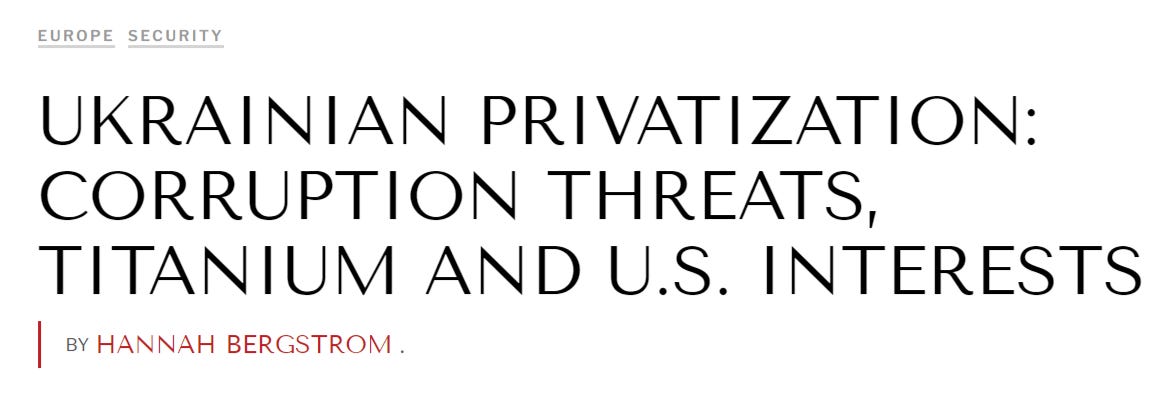
The world production of titanium lays in the hands of six countries (China, Russia, Japan, Kazakhstan, Ukraine, India), with Russia being a dominant leader in titanium exports.
In a geopolitically fractured world of frayed supply lines and fuming inflation, Ukraine inherits the role as pivotal battlefield over the future’s most critical minerals.
—
On a tangentially related conspiratorial note, many have hypothesized and conspiracy-theory-crafted on the origins of Hurricane Milton and the seemingly orchestrated FEMA debacles. Some have aimed to tie events to what happened in Hawaii, with the government deliberately destroying residential districts for some obscure nefarious purpose. Many of the theories—green lasers, blue roofs, and all—are on the kooky side, but there is some damning evidence of things beneath the surface when it comes to recent events.
It is a strange coincidence that just earlier this year major lithium giant Albemarle decided to reopen the North Carolina lithium mine:
Albemarle, the lithium giant, has set its sights on reopening the Kings Mountain mine in North Carolina.
With some dubious websites claiming it to be the richest lithium lode in the world:
Normally I wouldn’t speculate too much without concrete evidence on such things. But, it is interesting that literally last month Yahoo News reported BlackRock’s strategic acquisition of Albemarle:
On August 31, 2024, BlackRock Inc. (Trades, Portfolio), a prominent investment management firm, expanded its investment portfolio by acquiring an additional 2,220,059 shares of Albemarle Corp (NYSE:ALB). This transaction increased BlackRock's total holdings in the company to 12,183,614 shares, reflecting a significant commitment to Albemarle, a key player in the lithium and chemicals industry. The shares were purchased at a price of $90.25 each, marking a strategic addition to BlackRock's diverse investment portfolio.
I won’t speculate too much beyond that at this time, but it certainly bears some attention.
Of course, with BlackRock gobbling up the whole world it could chalk up to mere coincidental timing, despite the fact that many amateur meteorologists recorded strange pulse-like anomalies throughout the California coast and Gulf of Mexico leading up to Milton’s quite-sudden arrival.
—
As a final summation, this pulse-check on the bleak malaise currently setting in over Western elites comes by way of a new Bloomberg alarm call:
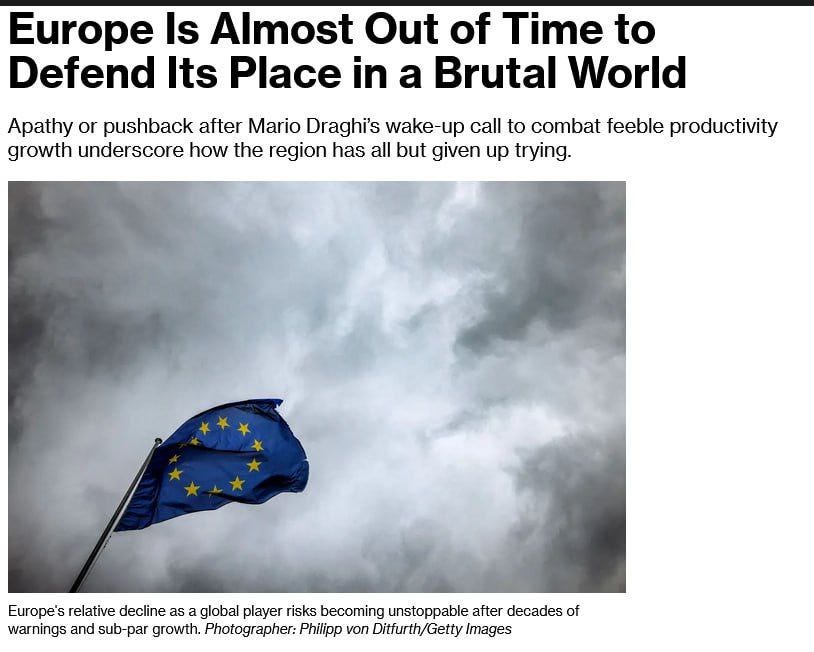
The European project is approaching a tipping point.
A combination of political paralysis, external threats and economic malaise is threatening to end the European Union’s ambitions to become a global force in its own right — pushing member states toward defending their own interests instead.
They viscerally sense the paralysis caused of the unprecedented disconnect between their own elite ambitions and the mandate of their citizenry. The detachment is leading to a historic gulf which threatens to collapse the entire putrid European order.
For decades now the increasingly detached elites have done nothing but pursue the interests of their globalist masters, that small gerontocratic ruling financial dynasty at the top of every WEF and banking pyramid. Every single move they made was in direct opposition to the interests of their people, to whom they are supposed to be beholden.
“If you wanted to be a geopolitical power, then economic might is the key ingredient,” says Guntram Wolff, a professor at the Free University in Brussels and senior fellow at the Bruegel think tank. “Productivity growth has just been a disaster. Europe is still rich, but these differentials over 20 years have massive implications.”
The sad part is their inability to diagnose the problems they themselves created. Behold this monumental display of self-awareness lacking:
The fundamental problem is that the world is experiencing the dramatic shifts of climate breakdown, demographic change and the move to a post-industrial economy — all phenomena where Europe’s ability and willingness to respond are lagging.
So, according to them the reason Europe is collapsing is because:
Climate: mostly inconsequential fraud
Demographic problems: which the elites themselves created via neoliberal policies of drowning every country in illegal migrants from the third world while pushing inhuman cultural poison that has resulted in a historic birthrate crash
“Post-Industrial Economy”: a disingenuous way of saying “globalism”, where every nation’s manufacturing and industry was outsourced and destroyed—again, all done by the direct intent of these very same elites now clutching their fading pearls
In the article, Macron is quoted as predicting Europe’s total forfeiture from the global marketplace in three years’ time:
“I really believe we are at risk,” French President Emmanuel Macron said earlier this month on a panel in Berlin. “In the two to three years to come, if we follow our classic agenda, we will be out of the market. I have no doubt.”
All the while, they piteously blame China’s “overcapacity”—another sour grapes dysphemism for China merely doing precisely what Europe no longer can, and wishes it could.
Draghi ominously and rightly calls the issue existential:
“It’s obvious that Europe is falling behind it’s main trading partners, the US and China,” Greek Finance Minister Kostis Hatzidakis said in a Sept. 24 interview. “If it doesn’t take immediate action, the decline will eventually become non reversible.”
Pity on the vassals who know not their place. Until Europe can be honest with itself about the true roots of its problems, it will never reverse course.
Another video of the Kursk counteroffensives, this time from Russian 83rd and 106th Airborne, as well as 155th Marines:
Our report shows footage of the battles for the settlement of Pokrovsky in the Kursk region, which was liberated by the assault troops of the 83rd Airborne Assault Brigade. The paratroopers then drove the occupiers out of the settlement of Tolsty Lug, trapping the remnants of the border zone in the wooded floodplain of the Snagost River. The Ukrainian Armed Forces suffered heavy losses while trying to reach the south towards Dar'ino via the only crossing over the river. The battle for Lyubimovka and Zeleny Shlyakh is still ongoing. Soldiers of the 106th Airborne Division and the 155th Brigade control sections of the Korenevo-Sudzha road. For the enemy, this means the need to supply part of their group via country roads and off-road, which becomes a big problem during the autumn thaw. It has been raining in the Kursk region for the third day.
—
Former Ukrainian Ambassador Valeriy Chalyi explains that everything in Ukraine will run out by summer 2025:
—
For those interested, here’s a documentary on the Kursk invasion hosted mostly by advisor to head of DPR Yan Gagin, albeit with probably less than ideal auto-AI subtitles:
—
Soon our eye turns to the next big gamechanger, the BRICS annual Kazan summit chaired by Russia on October 22.
Your support is invaluable. If you enjoyed the read, I would greatly appreciate if you subscribed to a monthly/yearly pledge to support my work, so that I may continue providing you with detailed, incisive reports like this one.
Alternatively, you can tip here: buymeacoffee.com/Simplicius


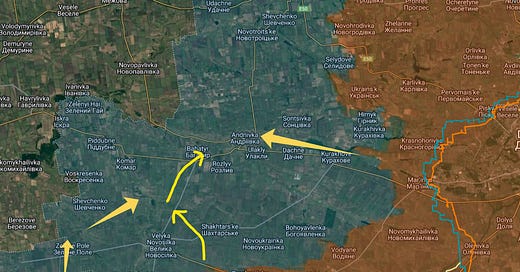


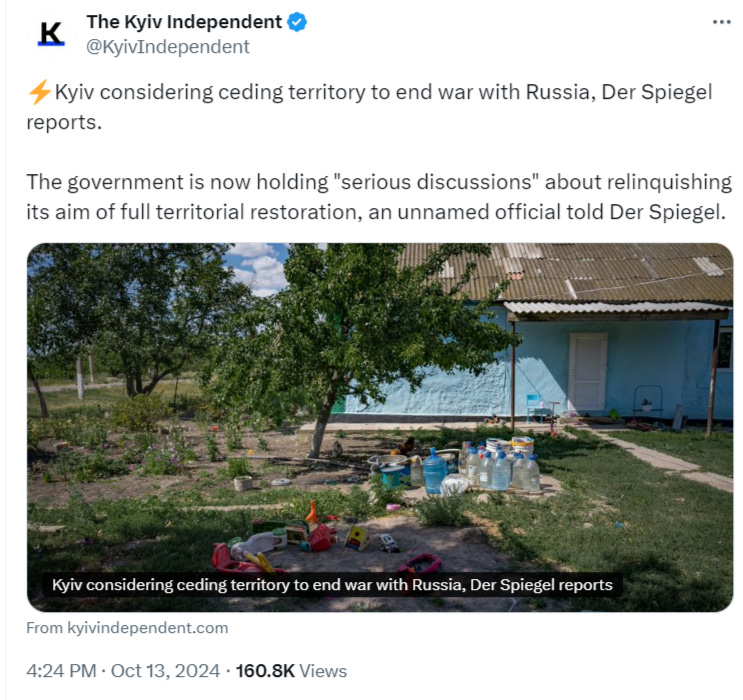
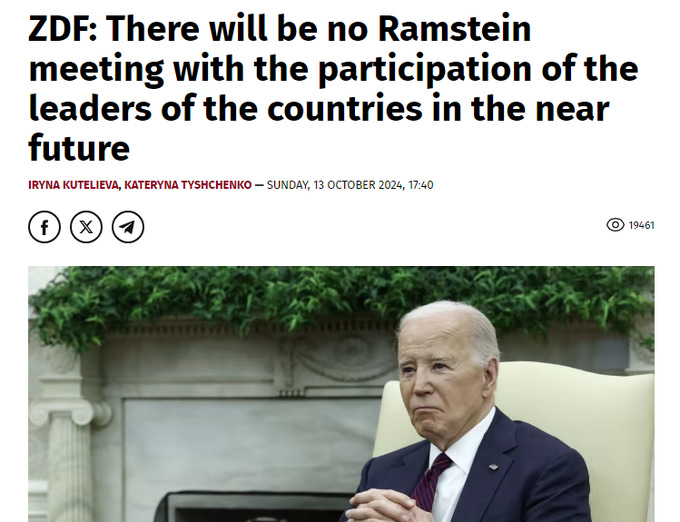
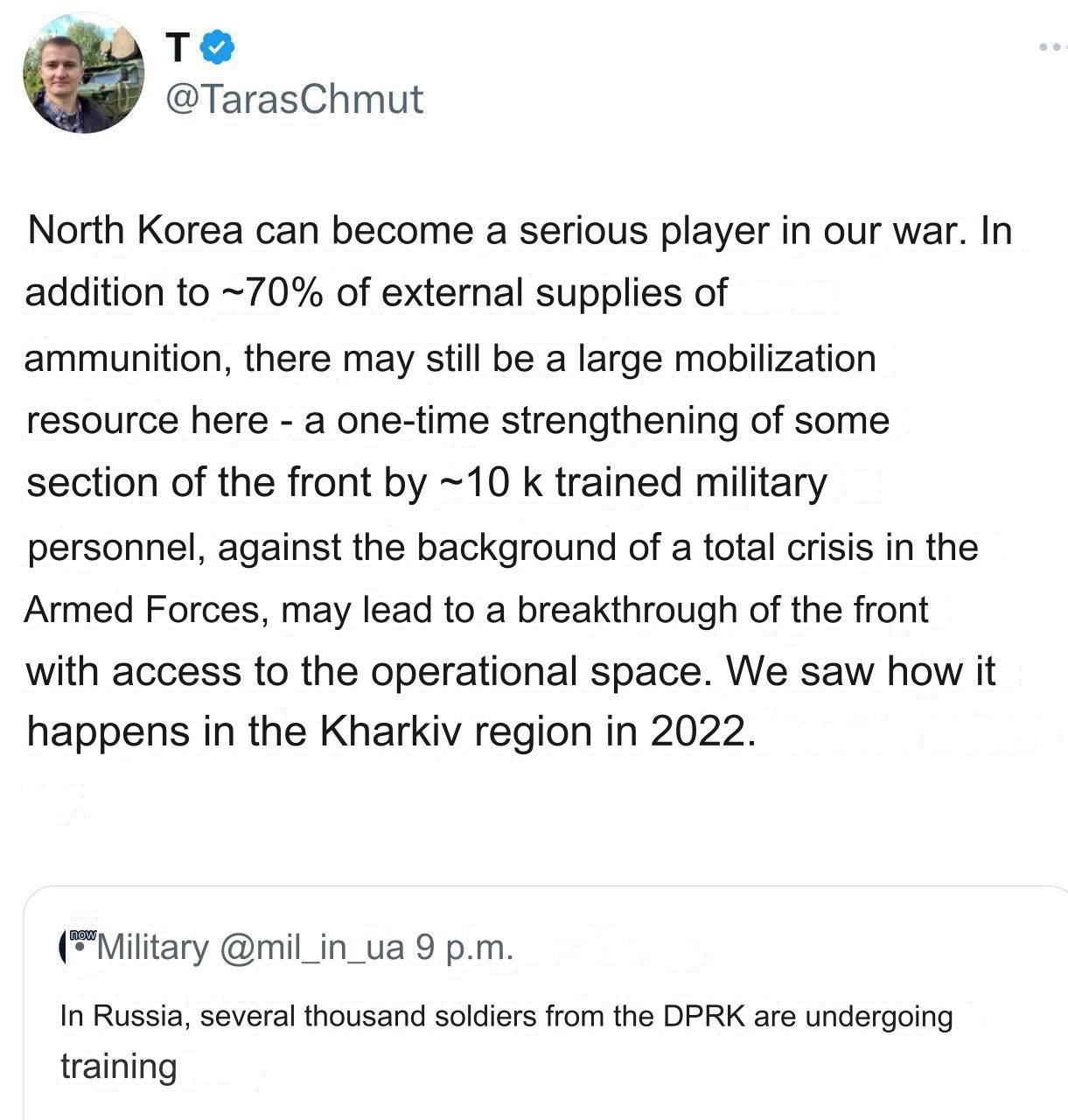
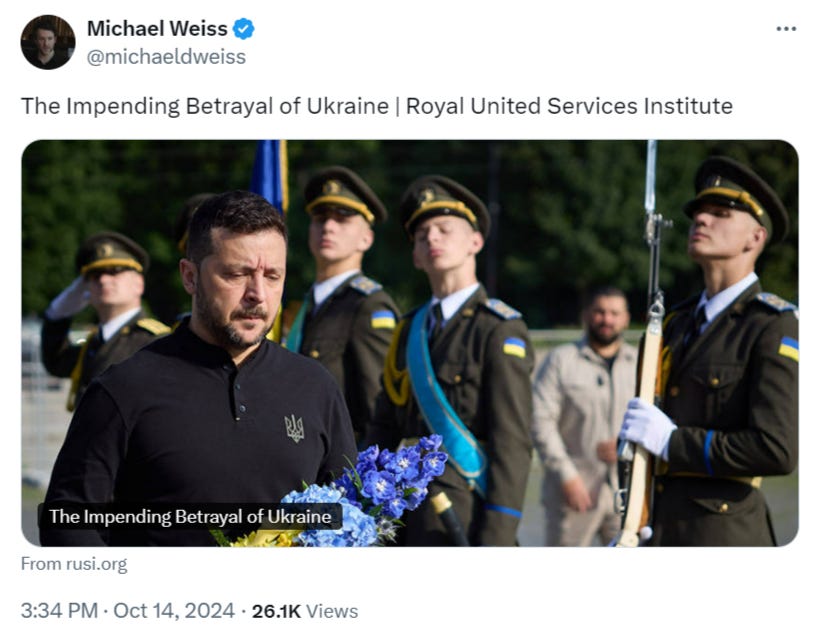


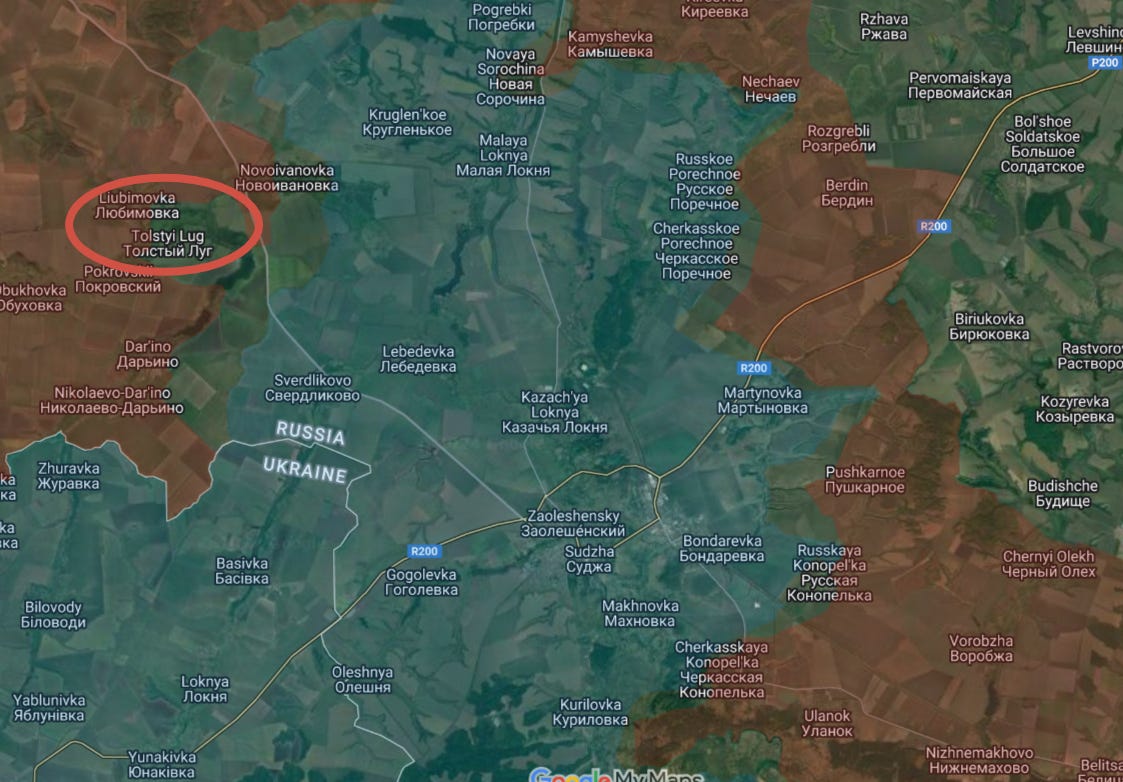
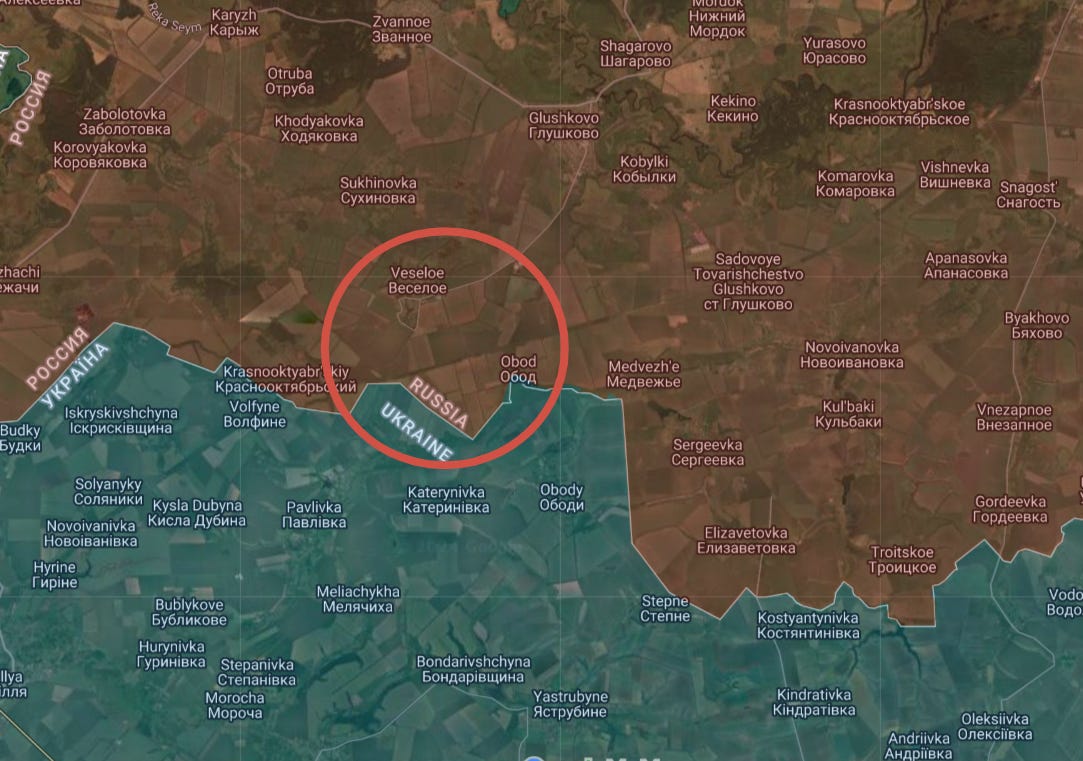

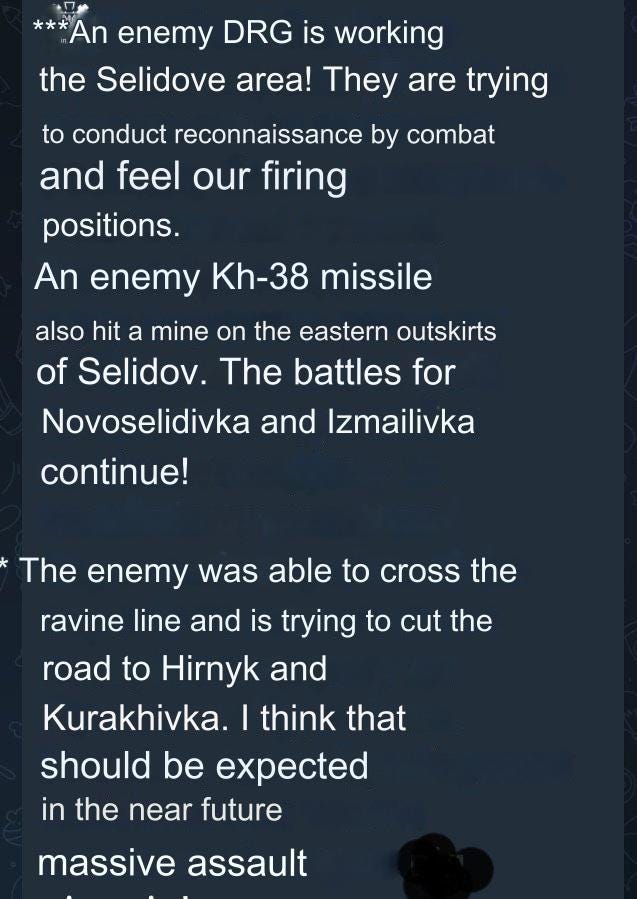
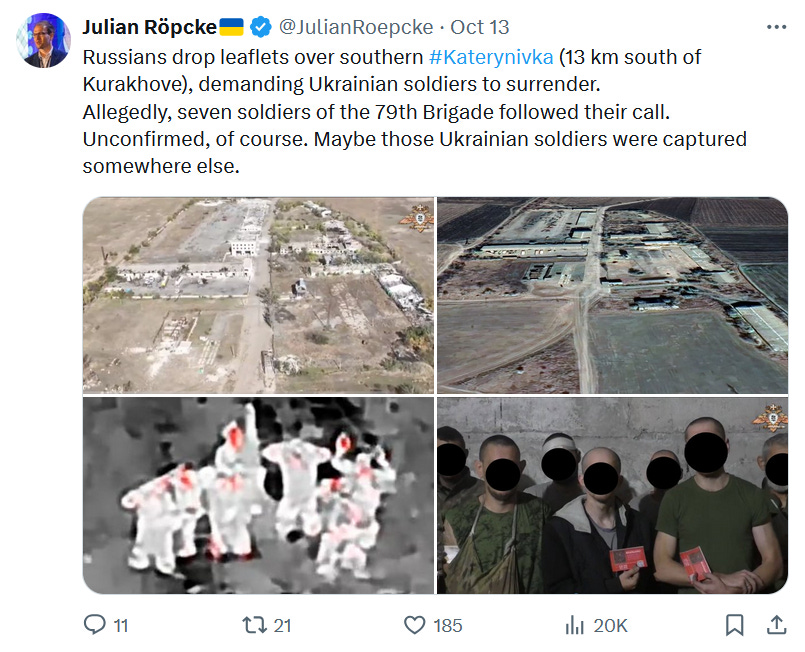
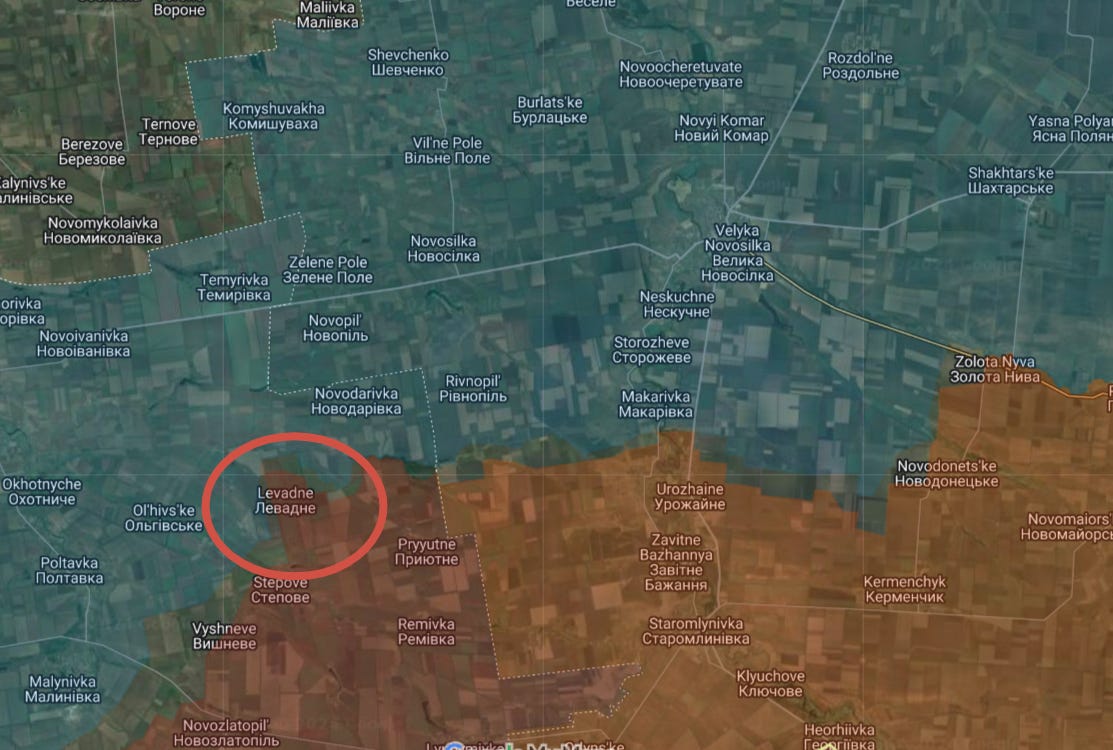

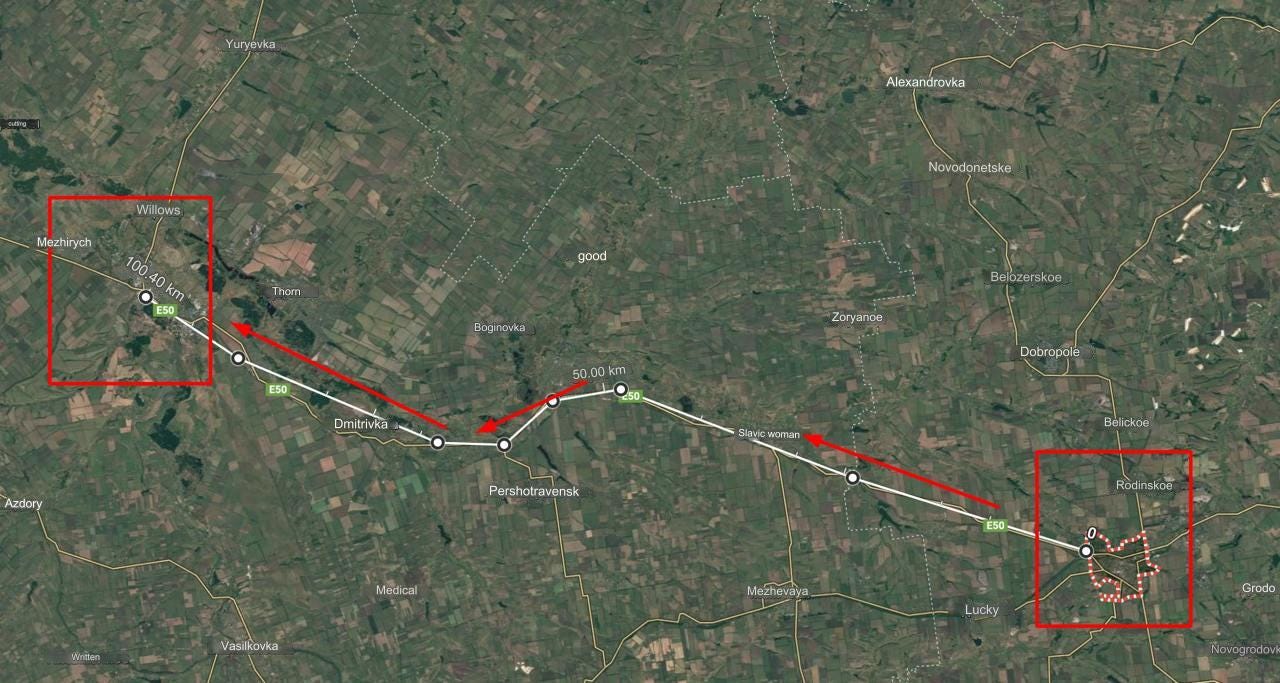
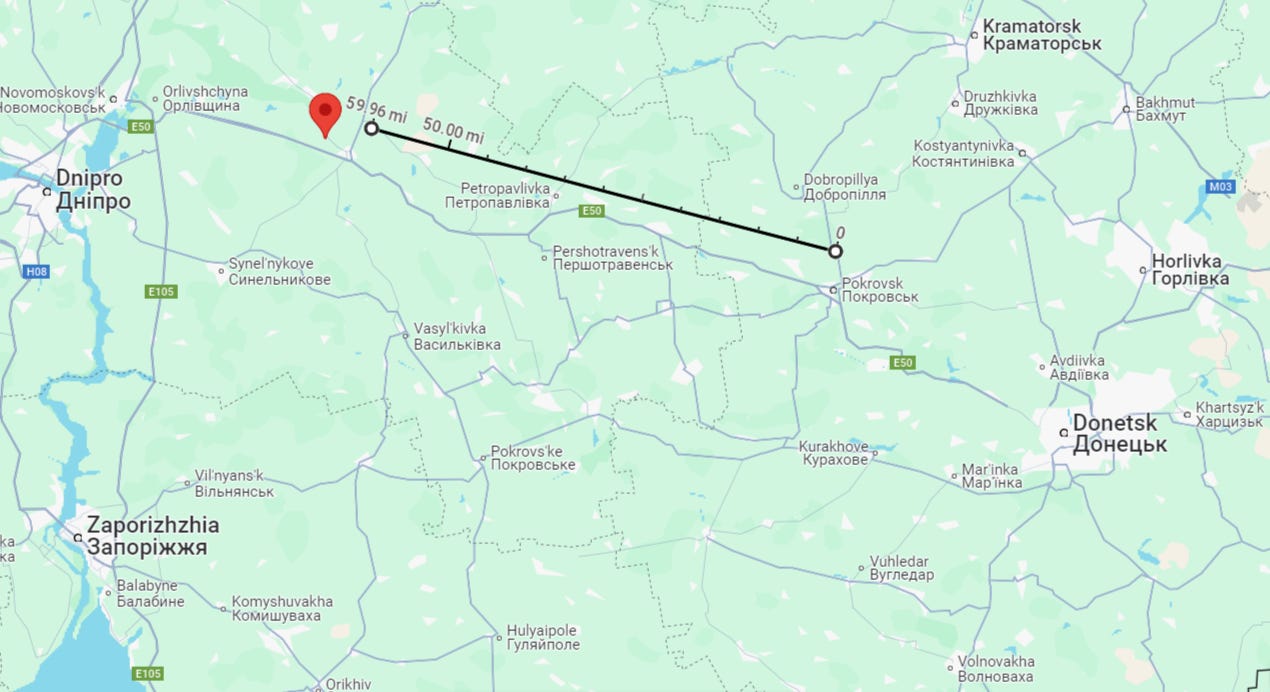
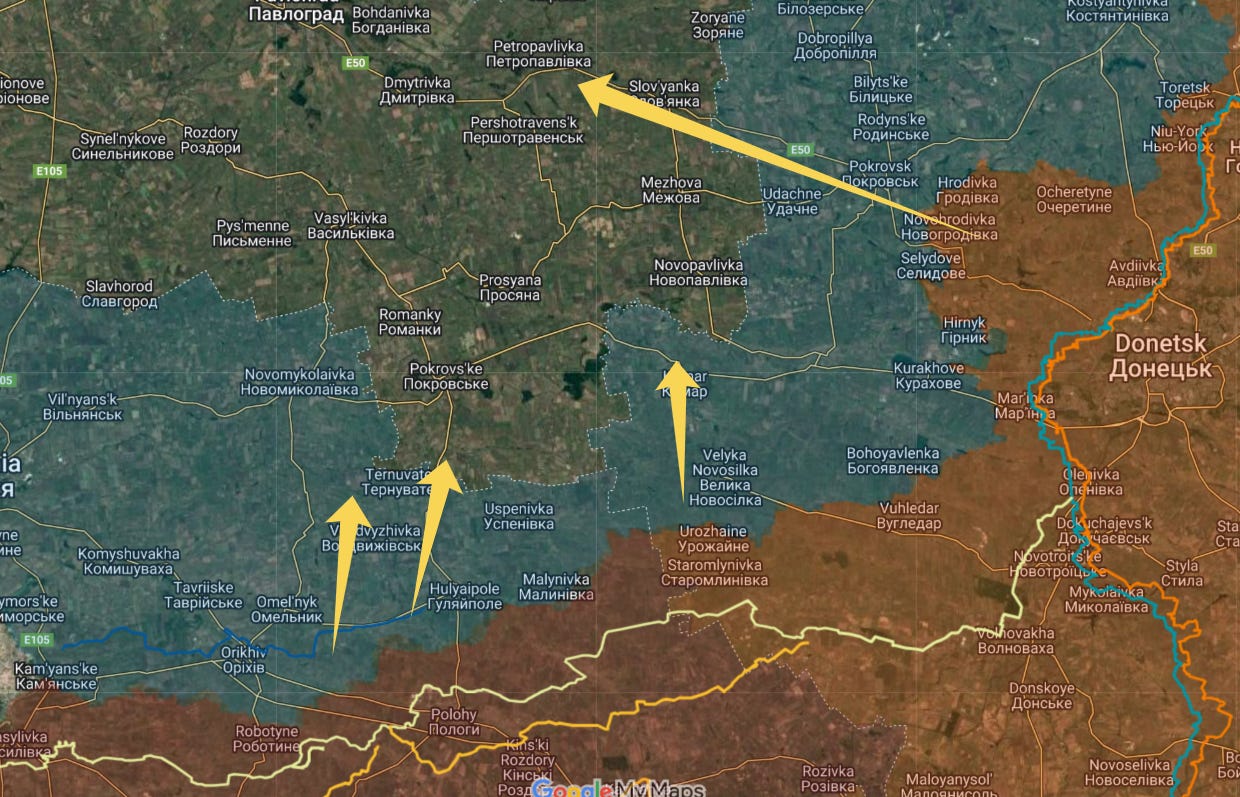
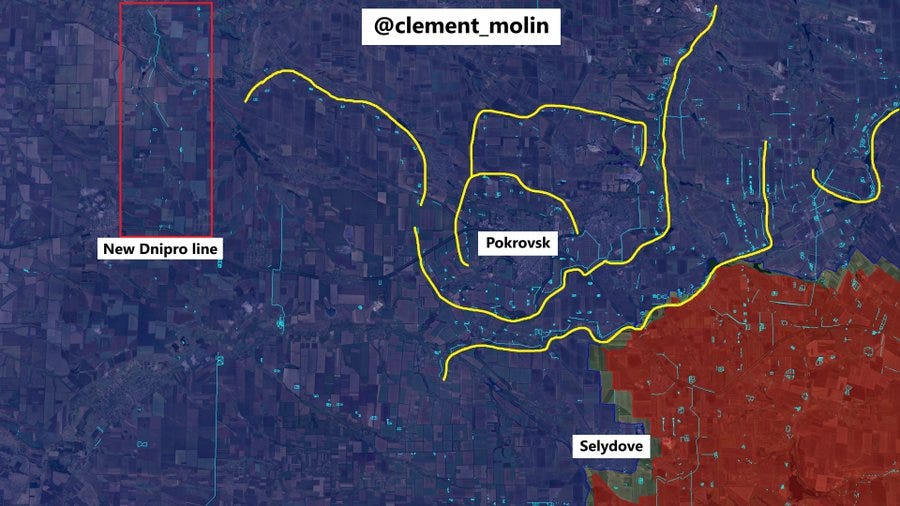
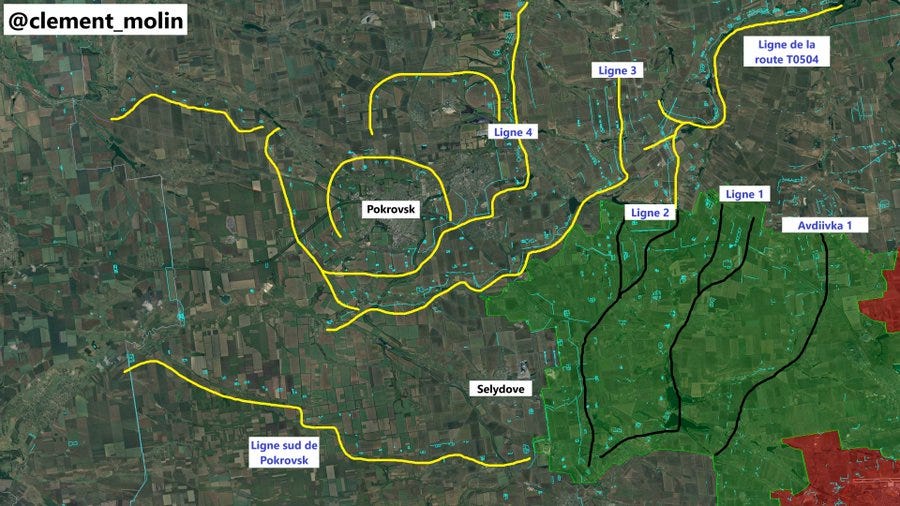
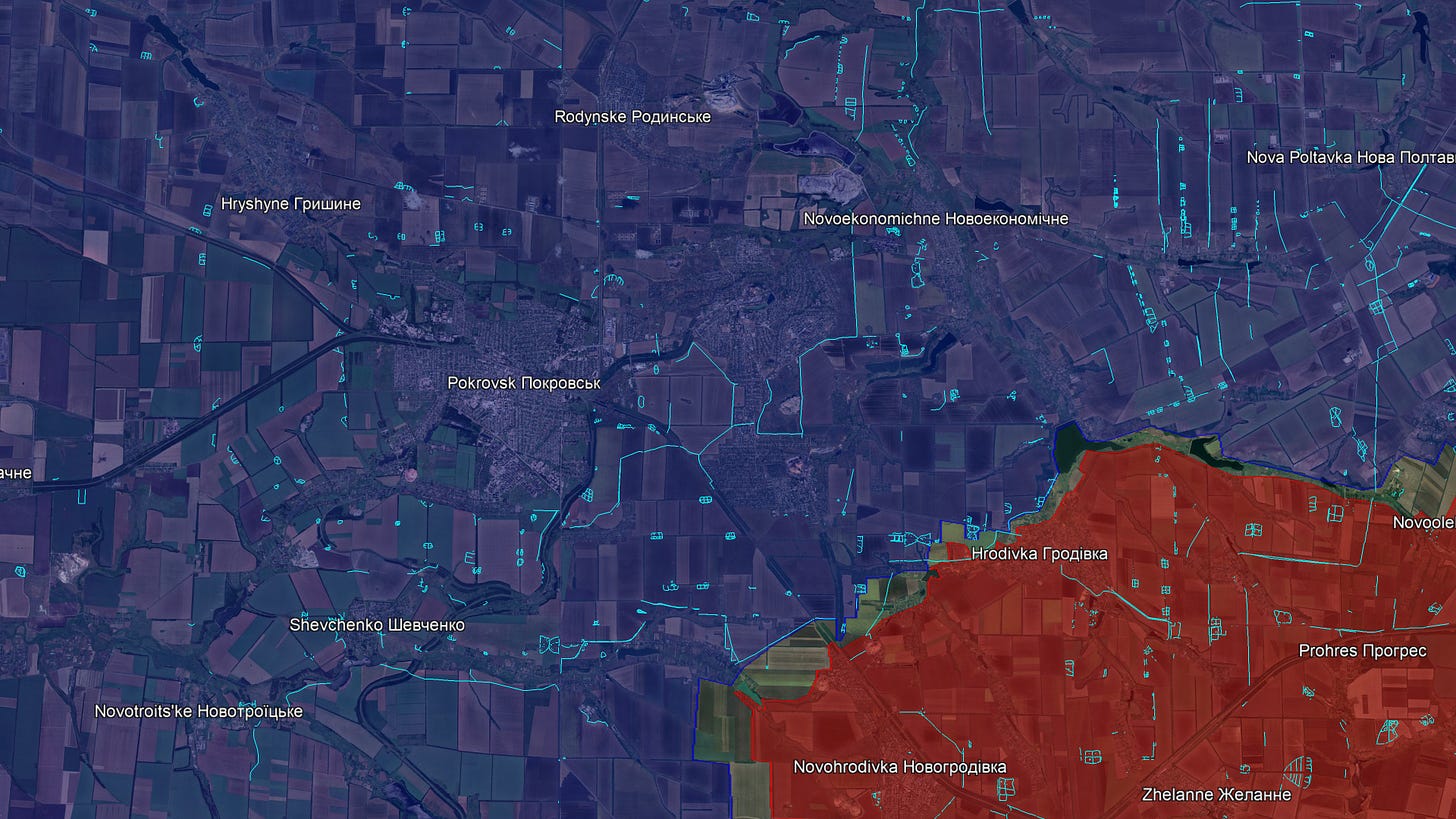
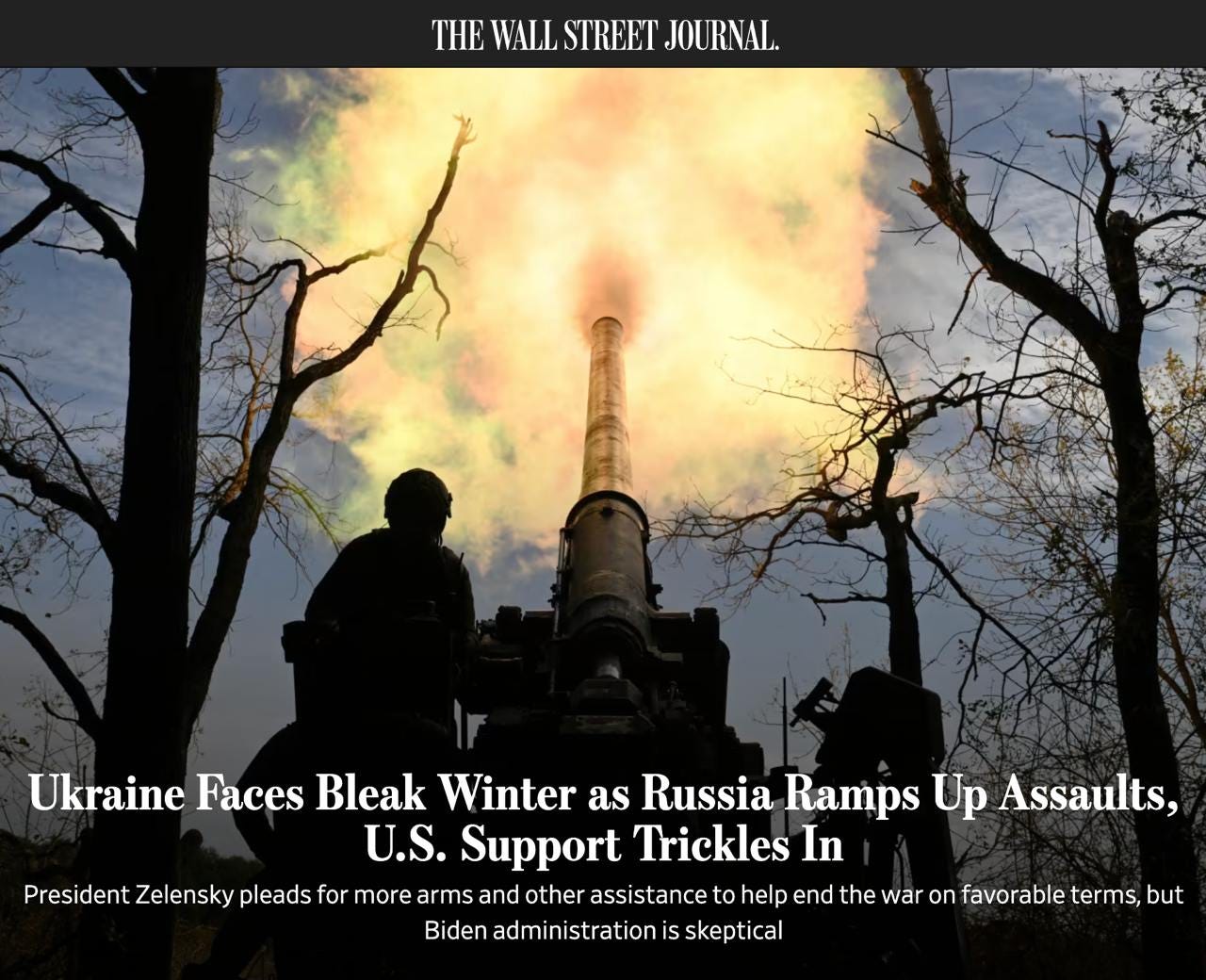
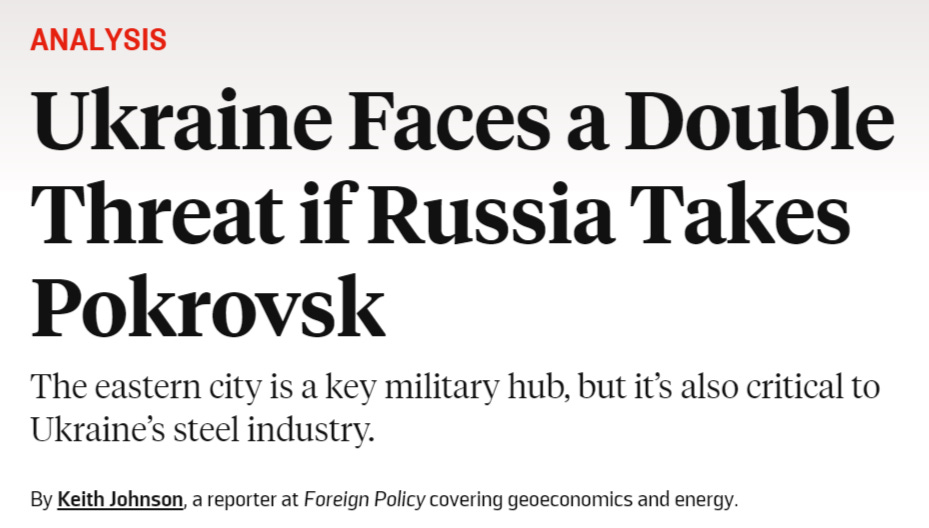

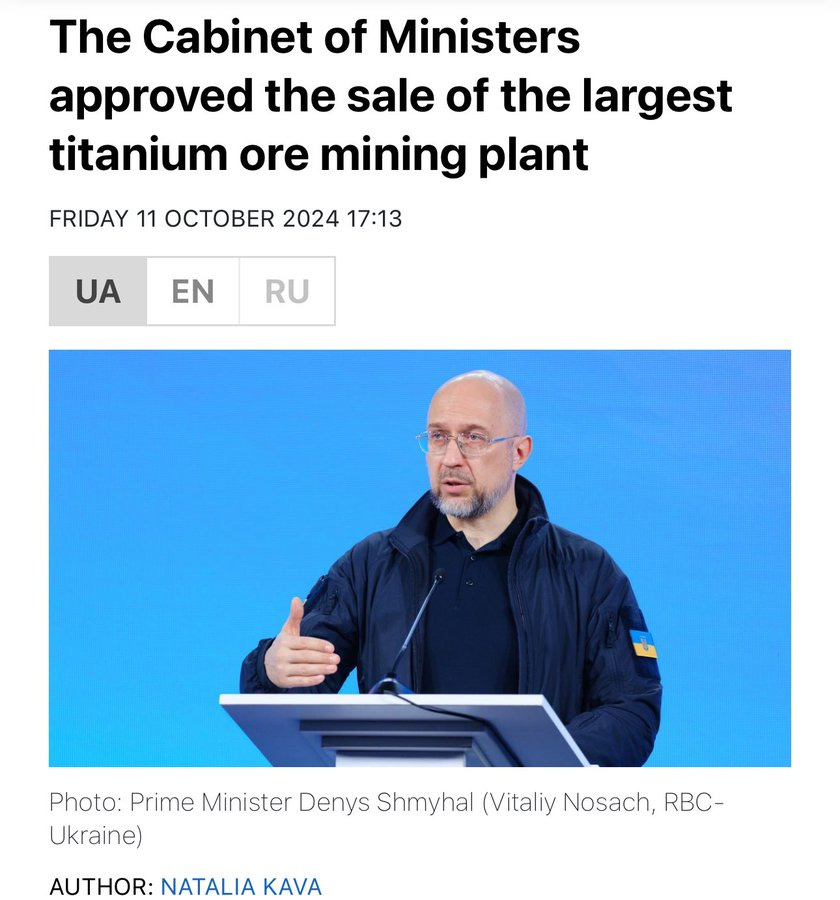

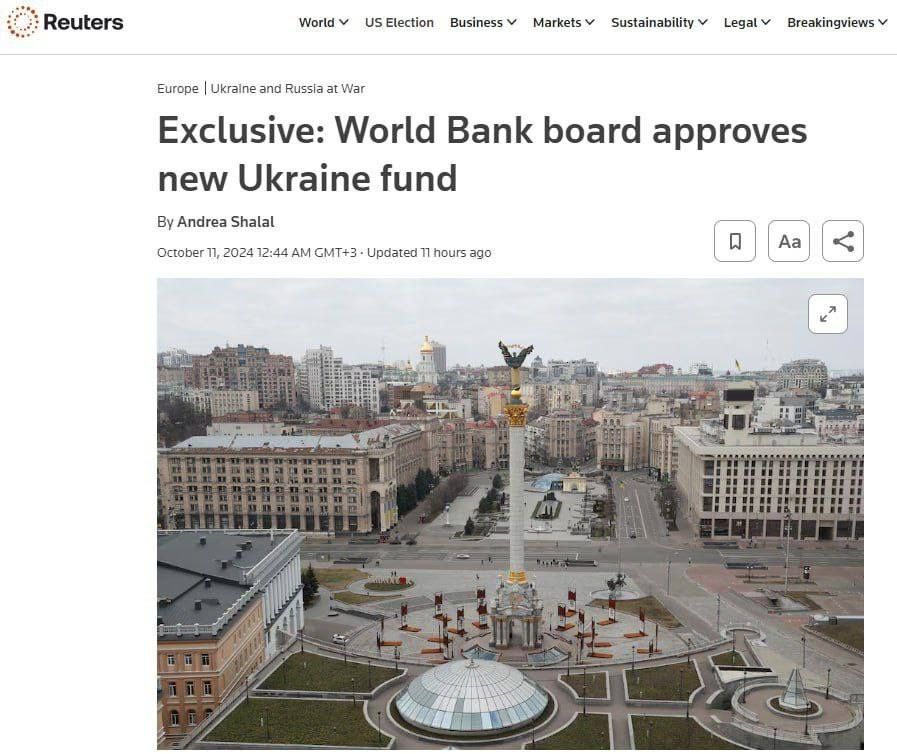
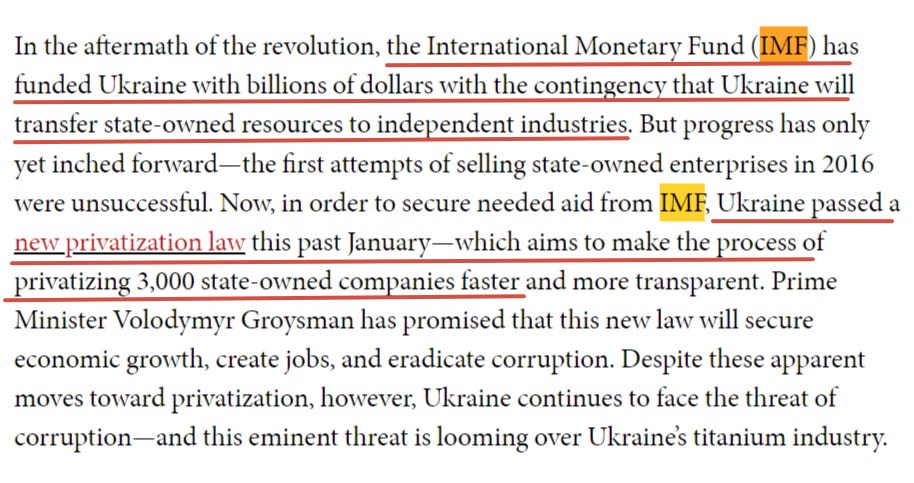

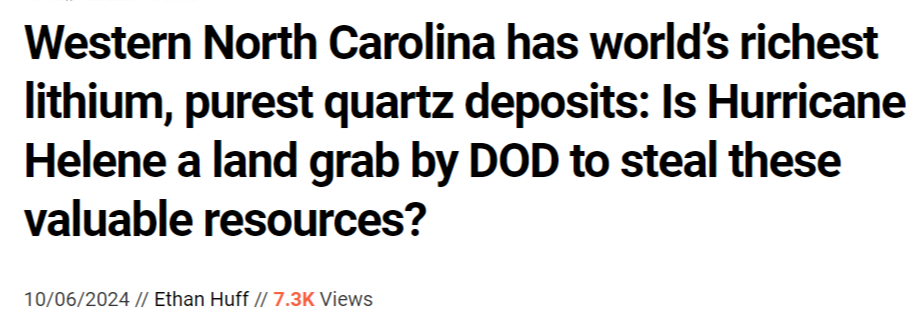



Thank you for another comprehensive analysis.
If I may, I'd like to talk about steel production for a moment.
Basically, there are no kinds of ways to fabricate steel, one called an (electric) arc furnace and the other a blast furnace (which is coal powered). The EU's insane rules on carbon emissions means that they can only operate arc furnaces, and even Britain just closed its last blast furnace this month due to similar rules.
The problem is that arc furnaces can only RECYCLE metal, aka "scrap" metal, to make steel. And this steel is, as you might suspect, of lower quality. It's fine for making stuff like forks and spoons but it sucks for the important stuff like car engines and bridge support spans.
Blast furnaces are the only type which can make "raw" or pure steel of a guaranteed high quality. And so what the EU has been doing until lately is relying heavily on Ukraininan made raw steel for all the stuff it needs (you know, like making cars). That's why all the crying and gnashing of the teeth right now about this topic.
For the record, blast furnaces require coke, which is purified coal (essentially, you cook it to remove the impurities, the solid components of which are called slag). Coal, as we all know, is also abundant in (Eastern) Ukraine. Furthermore, coal mines, coking plants and the slag (waste) heaps that come along with them have played an important role in the fighting during this war.
Long story short, Ukraine losing both its (blast) steel mills and coal supplies isn't just bad for Ukraine's export economy (and bringing in hard currency to shore up the UAH) but is rapidly contributing further to the deindustrialization of Europe as a whole. Just take a look at steel imports to the EU and you'll see what I mean.
Russia will decide what New Ukraine will look like politically and geographically. NATO is in disarray, there is no plan, there is no unity of purpose among its members, and there is no will to escalate the conflict by entering Ukraine because it simply is not ready. Nato is nuts and incompetent but not suicidal. There are too many cushy jobs in NATO which offer good pay, status, and paid expenses for them to launch a kamikaze attack to support AFU and risk ruining a good thing. Furthermore, their uniforms are dust-averse.
The next geo-political big plays are what will BRICS announce at its next meeting later this month and what will be the outcome of the US elections. I saw the report from TAAS and others suggesting BRICS could be announcing a new currency called the Unit backed by 40% gold and 60% currencies. Again, I take this with a grain of salt but it will be interesting to see what BRICS ideates at its next meeting.
The US election stands at T minus 21 days. It's a circus-staged act of tomfooleries with extreme repercussions, particularly if Camel Toe wins. Could there be another rigged outcome? I'm no fan of Trump and his theatrics but he's the lesser bad choice of the two candidates running for President. The entire US political apparatus is in ruins and should Kamala win we'll have far bigger problems at home in the US and Canada than what's going on in Ukraine. I have decided to learn to speak Russian from my instructor, Lidija, as stress relief from the shit show the world has become which I am compelled to witness.
https://youtu.be/5Ig5HIF7TcY